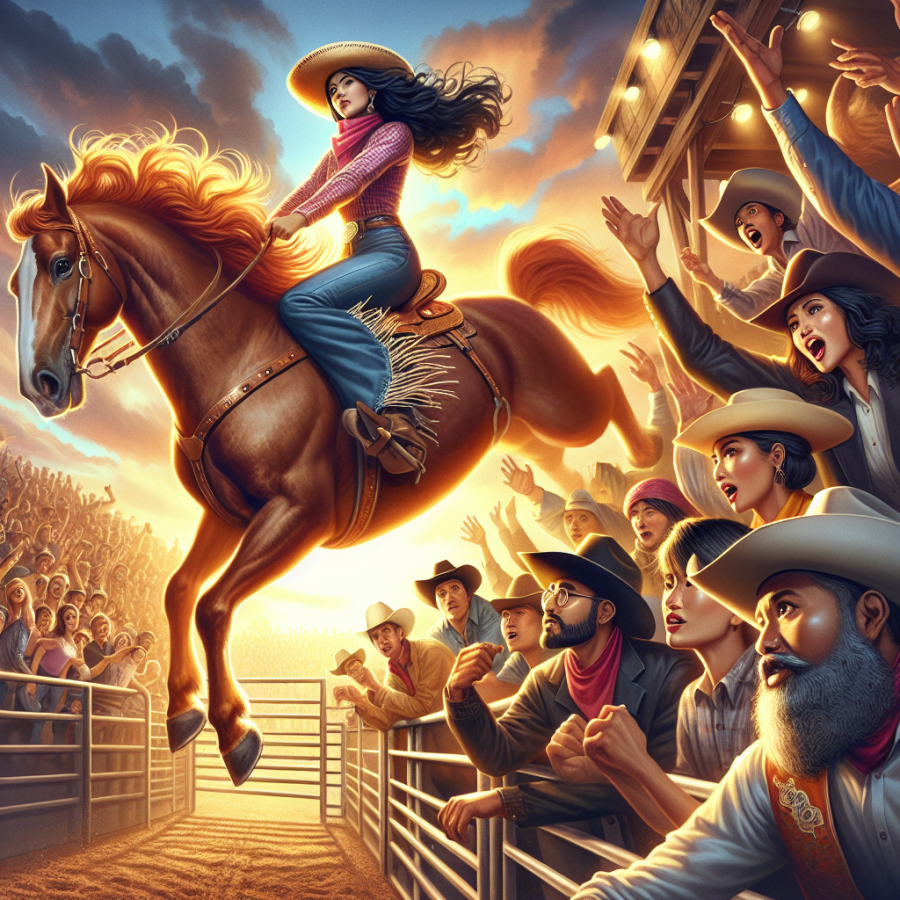Rodeos: Understanding the Roots and Cultural Significance
Rodeos depict a vibrant tapestry of courage, skill, and tradition that dates back hundreds of years. The roots of rodeo can be traced back to the Old West, where cowboys assembled to compete against each other, showcasing their skills in events like bronco riding, roping, and bull riding. These contemporary displays of cowboy prowess have their origin in the traditional practices of the Spanish vaqueros - skilled horsemen and cattle herders - from whom American cowboys inherited many of their techniques. The rodeo is deeply ingrained in the cultural heritage of the American West, and its influence can be seen in many parts of North America and beyond.
Examining the history of rodeos, it's clear that their cultural significance extends far beyond the thrilling spectacle of cowboy versus bull. The rodeo is a living historical enactment, a sport that honours the agricultural heritage of the West. Many participants are themselves part of ranching families; in stepping into the arena, they preserve their own history, paying tribute to the skills and courage of their ancestors.
Rodeos have also proven to be arenas where cultural norms are challenged and pushed. For instance, the participation of women in rodeos – albeit contested at points – is a testament to the spirit of independence and toughness intrinsic to the American West. Women have been competing in rodeos since the 1880s, and events like barrel racing are still dominated by female competitors today.
Moreover, rodeos have always provided opportunities for First Nations peoples to express their traditions and demonstrate their equestrian skills. In North America, Indigenous peoples were performing feats of bravery, speed, and skill on horseback long before the first official rodeo was held. Today, events like the Indian National Finals Rodeo continue to showcase and honor this cultural heritage.
Importantly, a sense of community is woven through every rodeo event. Competitors often hail from the same small towns and rural communities, and truly embody the phrase 'it takes a village'. They rely on each other and their families for support, and the audience's engagement is fervent, with everyone rooting for their hometown heroes.
Through the years, the rodeo has expanded and evolved but its essence remains the same. It retains its hold in the cultural imagination as a potent symbol of a particular kind of valor, skill, and American heritage.
Read also:
Unraveling the Journey: Where Are Soccer Balls Made?
The Rodeo Experience: Breaking Down the Events and Adrenaline Rush
When it comes to exhilarating and thrilling live action, rodeos rank high on the list. These events are more than just a show; they are a showcase of culture, tradition, skill, and courage. Let us dive in to explore the different events and the pulse-pounding adrenaline rush one can experience in a rodeo.
Starting with the different events, here are some of the major categories you can look forward to.
1. Bull Riding: Undeniably one of the most thrilling categories in rodeos, the event involves a rider getting on a large bull and attempting to stay on while the bull endeavors to buck the rider off. The rider must maintain his balance for a minimum of 8 seconds. The adrenaline rush is undeniable, both for the rider and audience alike.
2. Saddle Bronc Riding: Unlike bull riding, saddle bronc riding involves staying on a horse (or bronco) that is attempting to throw the rider off. This event showcases the rider's skill and style as they try to stay balanced for at least 8 seconds on a bucking horse.
3. Bareback Bronc Riding: Similar to saddle bronc riding, the difference here lies in the lack of a saddle. With only a rigging to hold onto, this event is arguably one of the most physically demanding and potential injury-prone events in rodeo.
4. Steer Wrestling: Also known as bulldogging, this event involves a horse-mounted rider chasing after a steer, dropping off the horse onto the steer, and grappling with it in an attempt to wrestle it to the ground.
5. Team Roping: Team roping champ a pair of two riders—the "header" and "heeler." The header is responsible for roping the steer's horns, and the heeler is tasked with roping the steer's hind legs. This event adds a layer of teamwork and camaraderie to the rodeo mix.
6. Barrel Racing: This women's event showcases both skill and speed. Riders navigate a cloverleaf pattern around barrels, aiming for the fastest time without knocking any barrels over.
Now, let's touch upon the adrenaline rush. A rodeo is rife with heart-pounding action and noise. There's a sense of unpredictability that keeps both participants and spectators on edge. A rider holding on for dear life as a bull or bronco bucks wildly adds to the palpable tension in the air.




